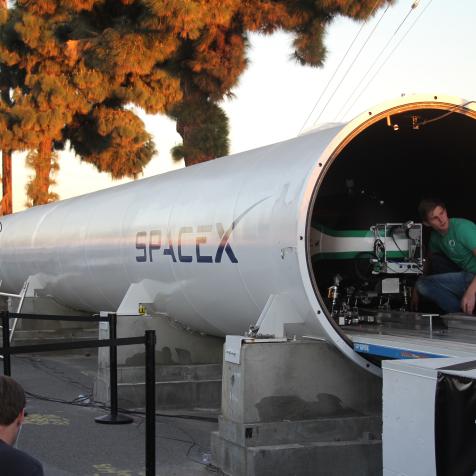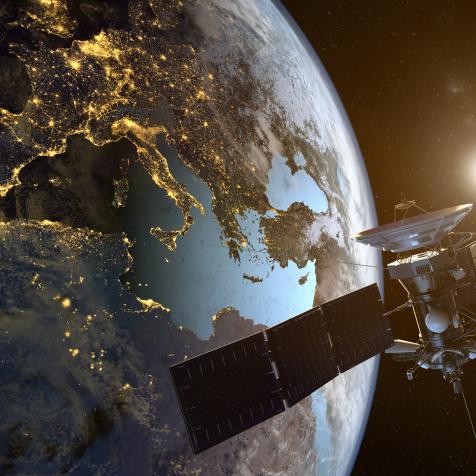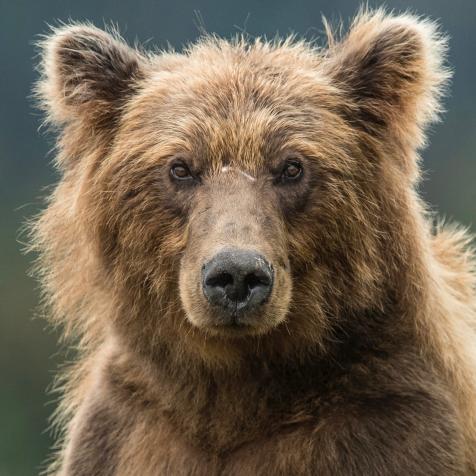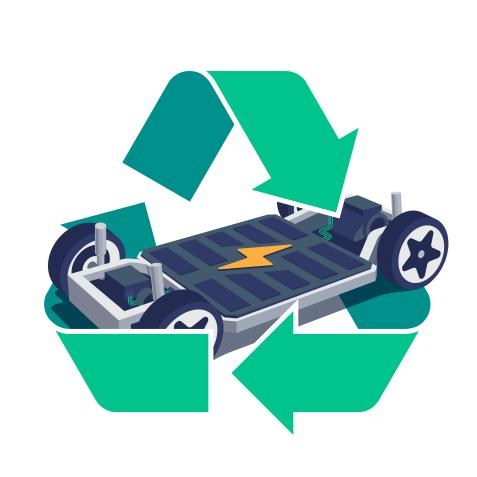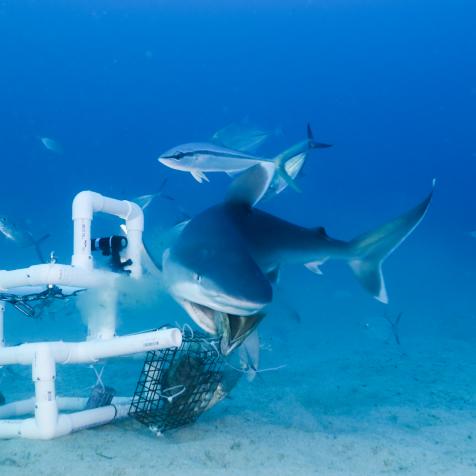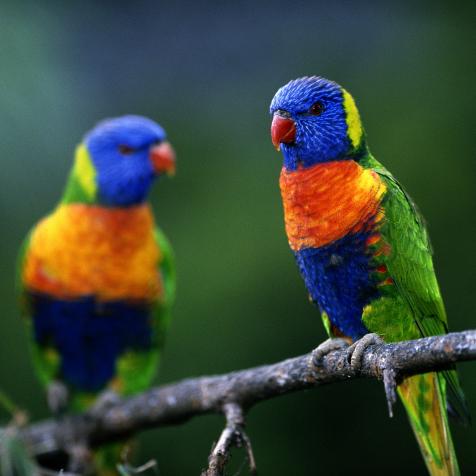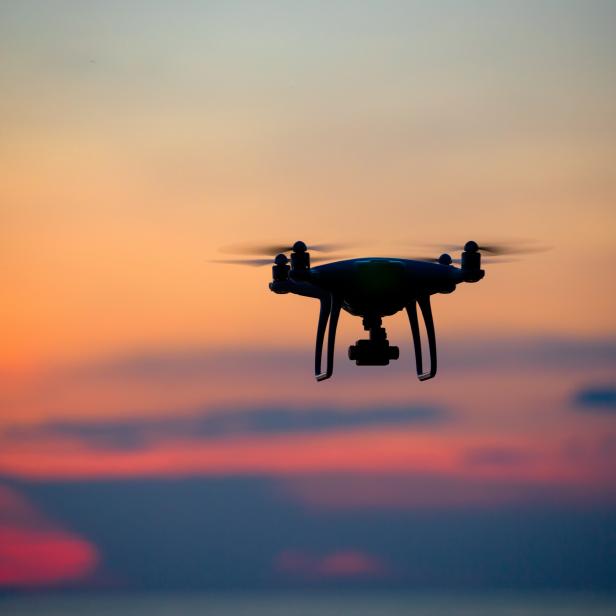
GettyImages/Kittikorn Nimitpara
How Technology is Transforming Wildlife Protection
Wildlife protection is a full-time 24-7 occupation. Park rangers in countries across the world must be alert to combat illegal poaching at any time of the day or night--especially when it comes to endangered species. Wild animals are not only hunted for food, their skin or feathers, but also for use in traditional medicines or simply as a trophy based on their rarity. Sadly, the illegal wildlife trade is estimated to be worth $8-$10 billion each year.
Photos
See All PhotosSo, it’s no surprise that the technology used to outsmart hunters and trophy collectors has undergone rapid innovation to meet the challenges facing wild animals. Traditional monitoring techniques such as radio tagging and camera traps have been joined by newer surveillance methods employing satellite tracking, drones, IOT devices, and artificial intelligence—all to help save our wildlife around the world. This new tagging and monitoring systems have undoubtedly helped conservationists gain a better understanding of animal behavior patterns and population density.
Smarter Tracking and Monitoring
There are free tools, like Cybertracker, that enable mobile apps for gathering GPS-linked data and visuals in the field. The software makes an in-depth analysis and monitoring easier and has been used to protect snow leopards in the Himalayas and turtles in the Pacific Ocean.
Sophisticated audio gathering can add another layer to surveillance methods. In northern Brazil, Rainforest Connection supplies bio-acoustic technology to Tembé tribal rangers. The sensors pick up sounds of human activity (i.e. illegal logging, poaching) which are uploaded to the cloud and analyzed rapidly using machine learning to identify acoustic patterns before alerting rangers and local police. These real-time systems are collecting vital data on endangered wildlife. Rainforest Connection says its project in Ecuador covers 10,000 hectares of forest and uploads 1.8 gigabytes of data per day for scientists and conservationists to track animal populations.
In the U.S., Computer scientists at the University of Southern California have developed an open source digital tracking platform called SMART. This is linked to the AI-powered ‘Protection Assistant for Wildlife Security’ (PAWS) which randomizes ranger schedules to throw poachers off-balance and creates heat maps of poaching areas so local rangers can clear them of snares and traps.
In Myanmar, SMART support and additional training were given to the Karen people to establish the 2,100 square mile Salween Peace Park that aims to preserve community forests and ancestral lands in the face of multinational development. In Cambodia, PAWS anticipated poacher behavior from snare locations, local terrain, and road maps, leading to better poaching activity predictions and intelligently randomized patrols. The PAWS project could be introduced into 100 African and Asian sanctuaries by early next year and 300-600 worldwide by the end of 2020.
Drone technology has already given a massive boost to wildlife defenders with its ability to capture video alongside infrared or thermal imagery at night time when poachers are most active. As autonomous networked drone technology becomes more widespread – with drones able to coordinate and communicate with each other – its sophisticated data gathering and surveillance value will increase. And it is this networked data approach that provides the most value in stopping the illegal wildlife trade.
At the Consumer Electronics Show 2019, a standout camera technology, a pencil-sized Trailguard AI camera from non-profit Resolve, uses Intel visual processing units to capture imagery and a data bank trained on hundreds of thousands of photographs, including different angles, poses, and contexts, to identify poachers. Trailguard batteries are estimated to last for 1.5 years in the wild and can transmit data through mobile networks, low-powered radio links, or satellite connectivity. This trained technology is more selective and passes on only those images most likely to contain poaching activity.
In life or death situations it is hoped, that the camera will help capture poachers before the killing starts. It is this type of technology that conservationists need to make their efforts count.













